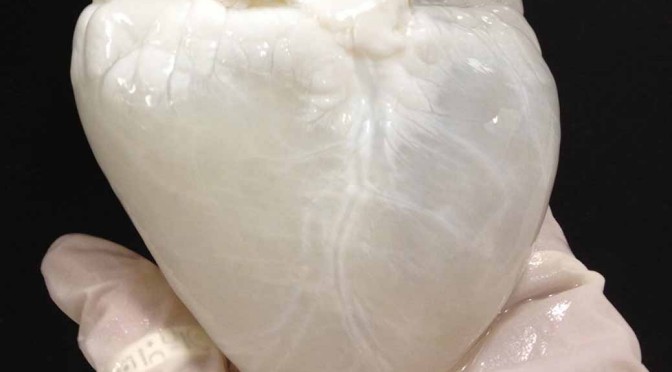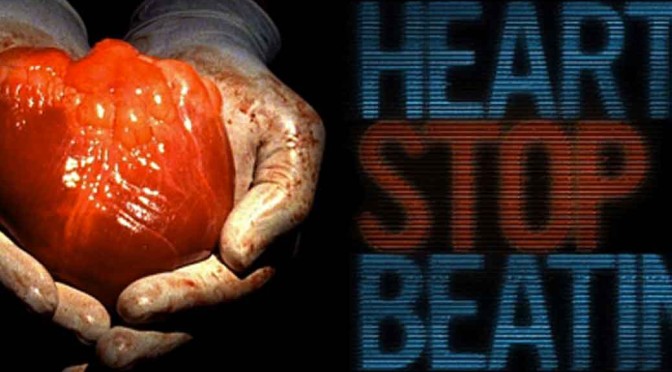By Anupum Pant
Before I begin, I’m happy to announce that Awesci’s feed has been featured on a smartphone app, Dabblr. I covered it a couple of days back in the interviews section. If you missed it, you might want to know what Dabblr can do and why you should use it, especially if you are a student.
At any given time, thousands of people are there on the heart transplant waiting list. Some of these people are eventually able to find a donor, while others aren’t able to. Hundreds of people who fail to find a donor, die every year. It’s a grim state, but little can be done to change it. Texas Heart Institute (THI) had a solution for this problem – use a Pig’s heart.
(There have been cases where people have survived for some time on artificial hearts too. It’s incredible how these things work.)
A pig’s heart is a lot like our own, in shape, size and function. Of course it can’t be just taken away from a pig and installed in a human. Or people from ancient times would have done it. The researchers from THI proposed this – make a ghost heart out of it first.
For making a “ghost heart” – a kind of a structural scaffolding – they used a simple soap solution. Once they washed the pig heart in it and may be after some other processing, they had a pure protein scaffolding, stripped off of all living cells (decellularized), which could be customized and could be used to grow a custom heart for a specific human being – by using the patient’s bone-marrow stem cells. That way the new body where it would get installed won’t reject it.
In the near future, there’s a chance we could have humans with the hearts of pigs!







